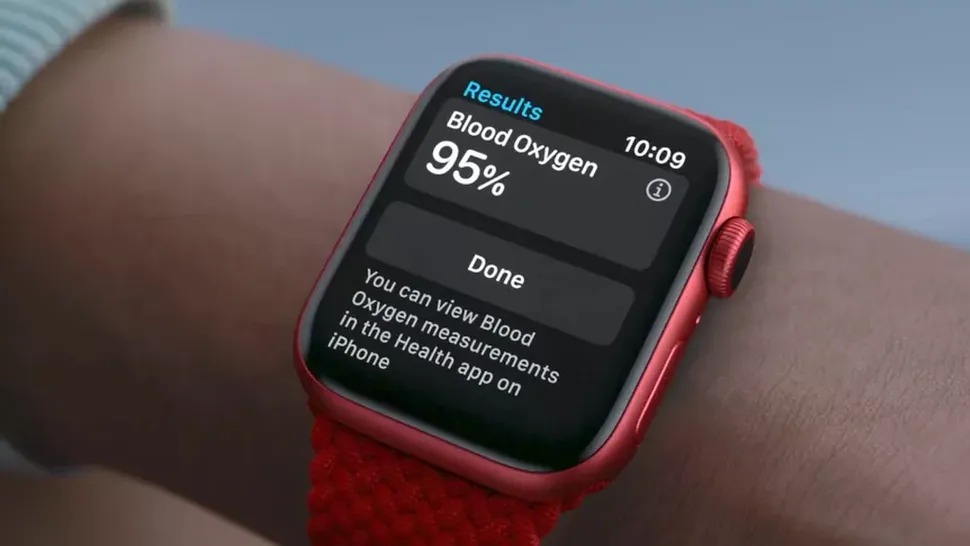The recent ruling banning US sales of the Apple Watch Series 9 and Ultra 2 with the blood oxygen monitoring feature engaged has sparked confusion amongst prospective buyers. Does the prohibition of this one marquee feature suddenly make the latest Apple Watch a bad buy?
While the missing blood oxygen sensor is undoubtedly disappointing, there are still compelling reasons why purchasing a Series 9 could prove wise for your personal needs and budget.
Examining the Sales Ban Ruling
First, let’s recap exactly what Apple is and isn’t allowed to sell in terms of Series 9 models with the ruling in place.
Federal courts have blocked Apple itself from selling units directly to consumers that have blood oxygen measurement activated at the hardware level.
However, the ruling does not prohibit third party retailers like Amazon, Best Buy, or mobile carriers from selling existing Series 9 stock. Additionally, older Apple Watch generations like the Series 8 and SE remain unaffected.
There is also no impact on regions outside the US. International Apple Watch models with pulse oximetry features remain on sale pending appeals.
Key Apple Watch Series 9 Capabilities Besides Blood Oxygen Sensing
Given blood oxygen data represented just one feature amongst dozens packed into the Series 9, there are still countless reasons it remains a compelling wearable device pick.
Robust Fitness and Health Tracking
At its core, the Apple Watch Series 9 delivers exhaustive activity monitoring combined with premium smartwatch conveniences.
The wristwearable precisely tracks fitness metrics like steps taken, calories burned, heart rate, sleep patterns and over a dozen workout modes with advanced run tracking.
Health-centric features also enable next-level care. The ECG app screens for irregular heart rhythm, while specialized sensors provide cycle tracking and can detect if you take a hard fall.
Slick Design Choices
The Apple Watch continues to lead smartwatches in sophisticated yet durable natural design. Its smooth rounded edges, bright Retina touchscreen and easily interchangeable bands keep it an elegant accessory.
With the wide range of colors and band materials now available, fashion-conscious consumers have ample avenues to personalize their device styling.
Deep Smartphone Integration Conveniences
As an integral iPhone companion device, the connectivity and app support remain key Apple Watch strengths over alternatives.
Effortlessly receive notifications, dictate texts, control music playback, access apps like Maps, Wallet and third party offerings. This tight integration makes handling everyday tasks on-the-go a breeze.
Examining Some Blood Oxygen Touting Smartwatch Alternatives
For prospective buyers where blood oxygen data remains a watch buying priority, it pays to examine brands that still include pulse oximetry by default.
Top options like the Samsung Galaxy Watch 5 Pro, Fitbit Sense 2 and Garmin Fenix 7 all contain dedicated SpO2 sensors.
However, transitioning ecosystems is no small task thanks to Apple’s tight hardware and software integration. Those tied into the Apple portable ecosystem gain notable convenience staying within its product family.
What Does the Future Hold for the Apple Watch Series 9?
While Apple pursues what will likely be a prolonged appeals process, they’ve expressed commitment to reinstating blood oxygen tracking whether through legal or technical means.
Potential workarounds could involve requiring user opt-in to activate related sensors. Alternatively, introducing blood oxygen data via software-based calculations remains possible.
Additionally, early rumors suggest the Apple Watch Series 10 could launch by October 2023. Given the court order only applies to Series 9 and Ultra models, Apple may essentially circumvent the ban through newer product generations.
Should You Buy Now or Wait It Out?
Ultimately, deciding whether purchasing an Apple Watch Series 9 still makes sense despite lacking native blood oxygen monitoring depends on your priorities:
- If blood oxygen readouts are specifically needed, exploring rival smartwatches offering them now is reasonable.
- If you instead prioritize the Apple Watch’s unmatched iPhone integration and overall capabilities, the Series 9 remains a capable investment.
Prospective buyers torn between options should also consider third party retailer availability for the Series 9 as a fallback plan.
With workarounds or entirely new models likely coming, there’s a good chance blood oxygen tracking gets restored officially or unofficially sooner than later.










Add Comment